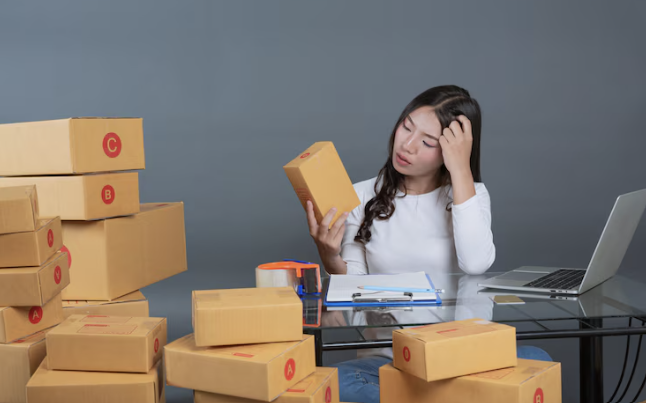The packaging you choose for your products serve an obvious purpose: to contain the contents of a product and make it sell-able. But that’s not all it can do.
As a business owner, it’s important to realize that your product packaging says a lot about what’s inside. It sends a message to your potential buyers about quality, quantity, value, uses, and even desirability. And given that spending on research and development is surpassing what companies spend on advertising, it’s essential that you don’t leave your package design to chance.
Product packaging can affect your product’s success in four ways:
Brand Messaging
When your product is among dozens of lookalikes on the same shelf, your brand will help you stand out. And if you’re not convinced that good branding matters in product design, think about how generic grocery items try their best to mimic the aesthetics of name-brand foods ― at first glance, you might not be able to tell the difference! They do this on purpose because they know consumers shop by visuals.
Your package itself can also contain elements of your brand messaging. GT’S Living Foods and Dr. Bronner’s are two great examples of this — their product labels contain wholesome messaging that reflect their company mission and values of transparency, honesty, and wholesomeness.
Visual Appeal
Packaging is a highly visual element that can clinch the sale, even if a person has never heard of your brand. According to research:
- 52% of consumers say they would return to an online store if they received a product in a premium package
- 90% of consumers reuse product packaging, including bags and boxes
- 40% of consumers share photos of interesting and unique packaging
Shape and color are two driving forces behind visual appeal. Companies need to understand the meanings and emotions that certain colors and shapes convey and use it to instill emotion and expectations within the buyer.
Protection
Good product packaging offers an extra layer of protection to prevent potential damage and losses. For retailers, damage and spoilage cost retailers thousands of dollars each year in lost profits. And even though you can write off inventory shrinkage on your taxes, you’d probably rather have actual sales and happy customers.
Cost
Product packaging has a lot to do with the final cost of making a product. In addition to pay for raw materials, labor, logistics, and marketing, your product’s package will add to the cost per item. This cost impacts several additional costs, including shipping, wholesale and retail prices, and profit margin.
For example, having a product package that is too large means not being able to ship as many units. On the other side, many manufactures strategically use larger product packaging for small items to limit theft and give their item greater visibility.
Product package size, shape, color, and messaging can be delicate lines to tread. Ideally, you’ll have a trusted retail partner that can help you weigh your options and select the best packaging to serve your customers. If you are looking to scale your product brand in retail, contact Yohan Jacob at yjacob@retailbound.com for more information.



